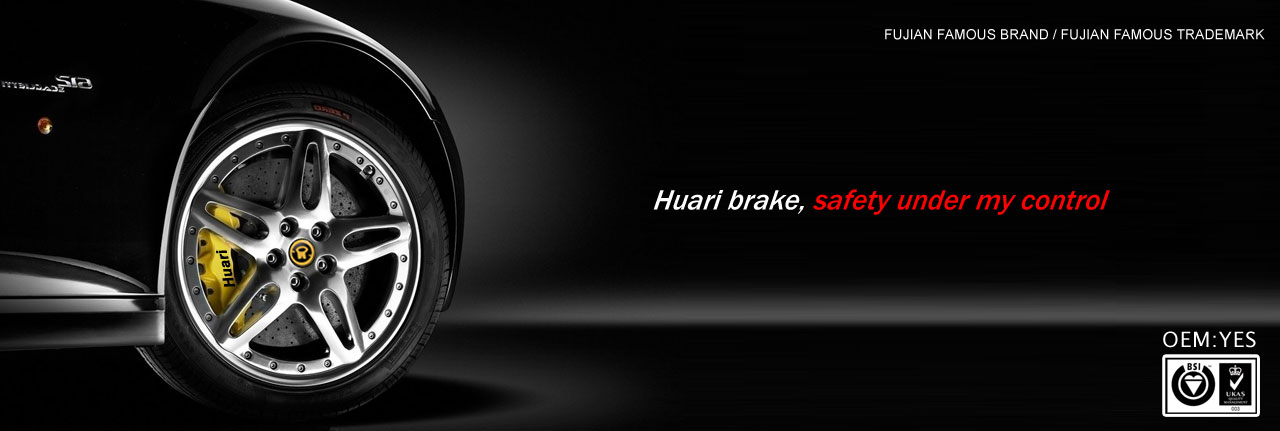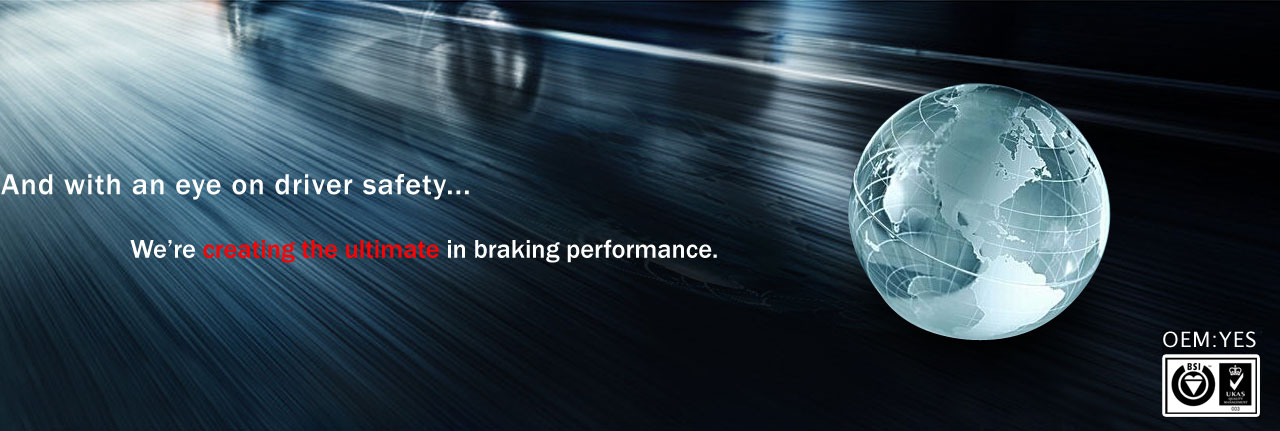Brake pad Materials
The five most important characteristics that are considered when selecting a brake pad material are as follows:
- The material's ability to resist brake fade at increased temperatures
- The effects of water on brake fade (all brakes are designed to withstand at least temporary exposure to water)
- The ability to recover quickly from either increased temperature or moisture
- Service life as traded off vs. wear to the rotor
- The ability of the material to provide smooth, even contact with the rotor or drum (rather than a material that breaks off in chunks or causes pits or dents).
For many years straightforward asbestos was viewed as having an optimal performance in all five categories. However, as the serious health-related hazards of asbestos became apparent, other materials had to be found. Today, brake pad materials are classified as belonging to one of four principal categories, as follows:
- Non-metallic materials - these are made from a combination of various synthetic substances bonded into a composite, principally in the form of cellulose,aramid, PAN, and sintered glass. They are gentle on rotors, but produce a fair amount of dust and have a short service life.
- Semi-metallic materials - synthetics mixed with some proportion of flaked metals. These are harder than non-metallic pads, and are more fade-resistant and longer lasting, but at the cost of increased wear to the rotor/ drum which then must be replaced sooner. They also require more force than non-metallic pads in order to generate braking torque.
- Fully metallic materials - these pads are used only in racing vehicles, and are composed of sintered steel without any synthetic additives. They are very long-lasting, but require even more force to slow a vehicle and are extremely wearing on rotors. They also tend to be very loud.
- Ceramic materials - Composed of clay and porcelain bonded to copper flakes and filaments, these are a good compromise between the durability of the metal pads and the grip and fade resistance of the synthetic variety. Their principal drawback, however, is that unlike the previous three types and despite the presence of the copper (which has a high thermal conductivity), ceramic pads generally do not dissipate heat well, which can eventually cause the pads or other components of the braking system to warp.[2] However, because the ceramic materials causes the braking sound to be elevated beyond that of human hearing, they are exceptionally quiet.
There are environmental factors that govern the selection of brake pad materials. For example, the bill SSB 6557 adopted in Washington State in 2010 will limit the amount of copper that is allowed to be used in friction materials, to be eventually phased out to trace amounts, because of the negative impact of high copper levels on the aquatic life. Other materials like antimony compounds will be monitored as well.
Vehicles have different braking requirements. Friction materials offer application-specific formulas and designs. Brake pads with a higher coefficient of friction provide good braking with less brake pedal pressure requirement, but tend to lose efficiency at higher temperatures, increasing stopping distance. Brake pads with a smaller and constant coefficient of friction do not lose efficiency at higher temperatures and are stable, but require higher brake pedal pressure.
2016-06-22 21:25:08
ADD:No. 1, Xiaban, Xiufeng Village, Shekou Town, Fu'an City, Ningde City, Fujian Province TEL:0086-0593-6388368||6558596 FAX:0086-0593-6338966 E-mail:brake@fjhuari.com / huari3348@126.com
Copyright ? 2013 Fujian Huari Automotive Parts Co., Ltd. All Rights Reserved.
Copyright ? 2013 Fujian Huari Automotive Parts Co., Ltd. All Rights Reserved.






